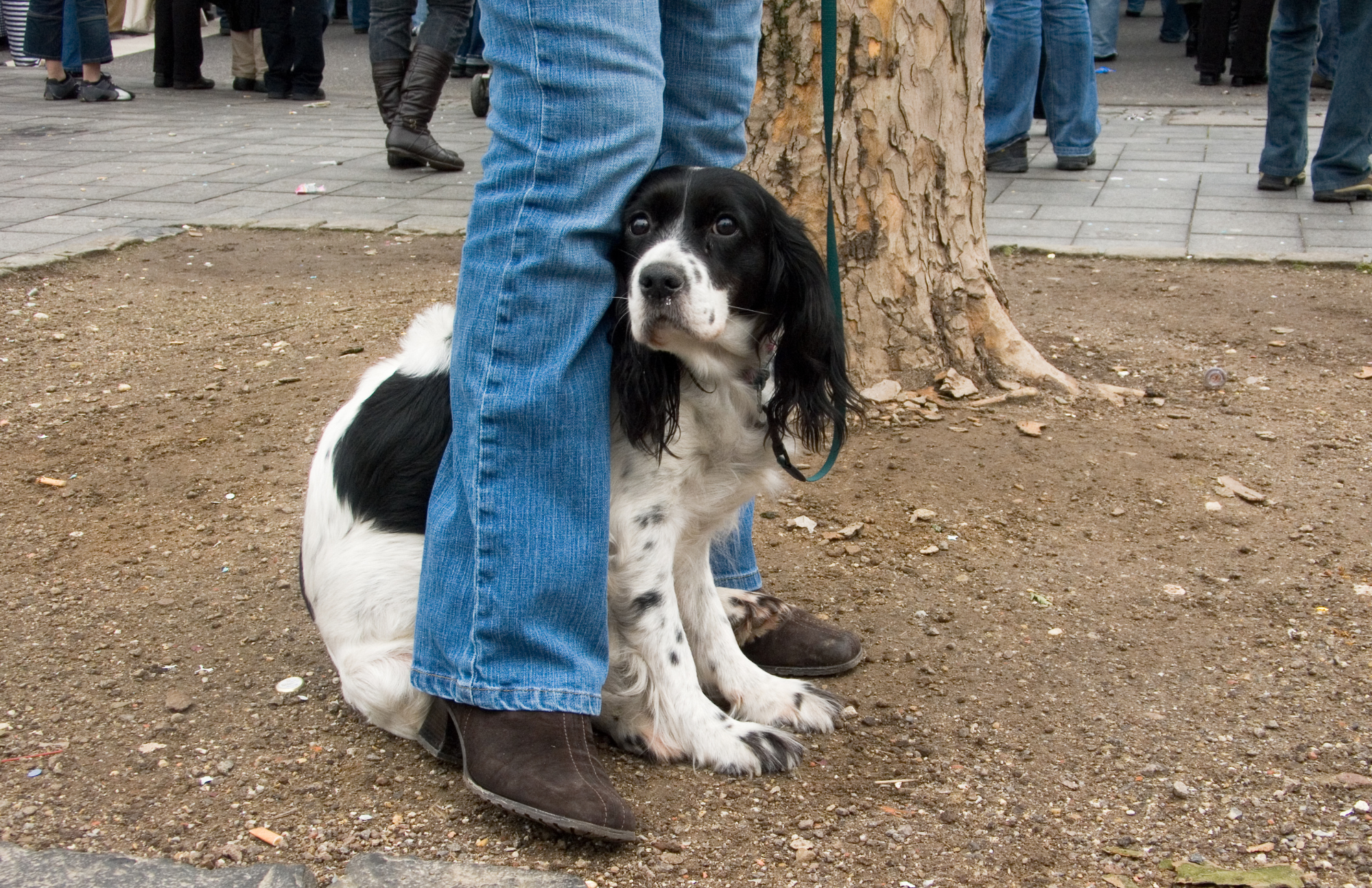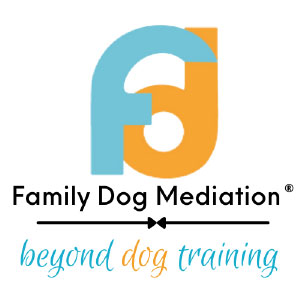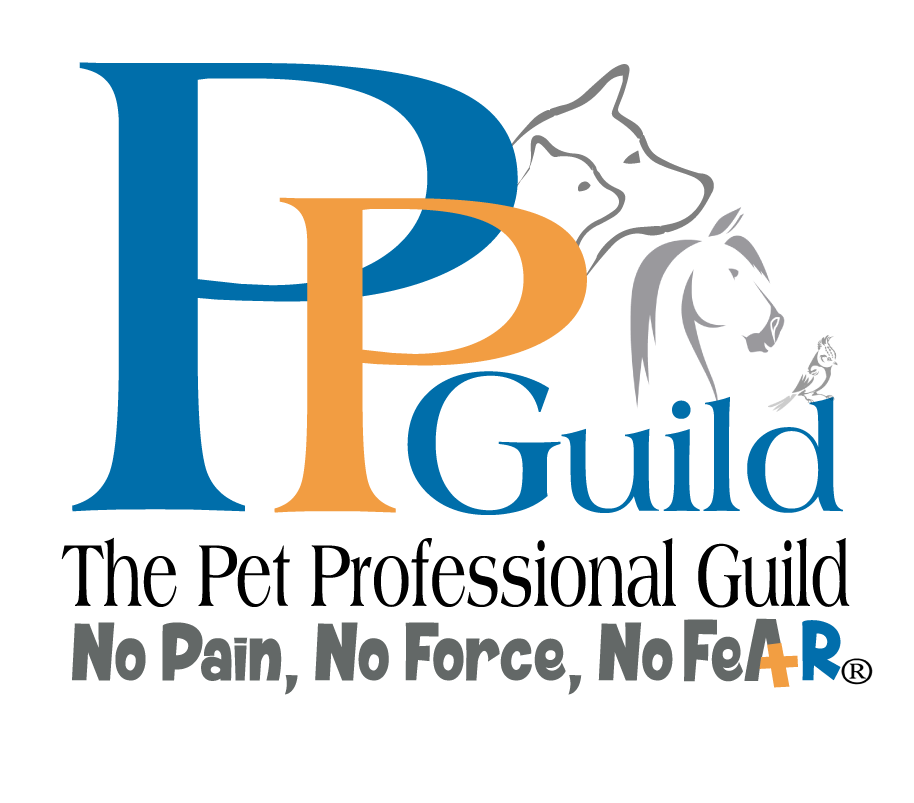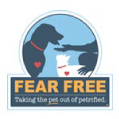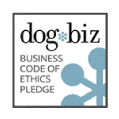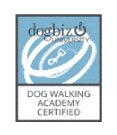Adolescence is a significant phase in the life of humans and dogs are no exception. Just like human teenagers, adolescent dogs go through physical, emotional, and behavior changes. One thing that throw a lot of adolescent puppy parents for a loop is when their seemingly confident puppy is suddenly showing signs of fear. This leaves puppy parents confused and concerned. Let’s take a look at why your adolescent dog might suddenly become fearful. I’ll also give you some tips on how to navigate through your adolescent puppy’s fear periods.
What are Puppy Fear Periods?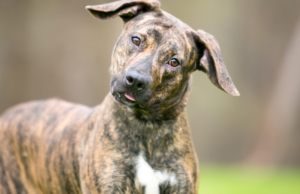
Your puppy’s first fear period occurs around 8-11 weeks old. Depending on when you brought your puppy home, you may have missed this fear period all together. If you did have your puppy during this timeframe, your puppy might not have skipped a beat and continue through without anything phasing them. This fear period usually lasts about 2-3 weeks. It’s possible you noticed your puppy seemed “off” in certain situations, but if your puppy continued on and seem unaffected, you probably didn’t give this fear period much thought.
Your puppy will go through a second fear period during adolescence. The second fear period usually happens somewhere between 6-14 months. This is a large timeframe and because of this, it can seem like it sneaks up on you. This second fear period also lasts 2-3 weeks.
What Happens During Fear Periods?
When it happens, puppy parents can feel like a deer in headlights, wondering what happened to their once happy and confident puppy. So what exactly is going on?
During a fear period your puppy is more aware of the world around them, and are more sensitive to the things that are going on around them.
Examples of Puppy Behavior During Fear Periods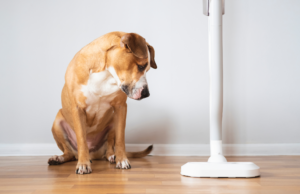
- Places your puppy previously enjoyed might be worrisome
- Your outgoing puppy might want to hang back
- Instead of greeting people happy and excited, your puppy might bark and want to keep distance
- Noises that never made your puppy flinch might now be bothersome
- Sudden environmental changes might startle your puppy (the flag on your neighbor’s property is now scary when it flaps in the breeze)
Your puppy now barks at new things
Why Does the Second Fear Period Occur?
While the exact reasons behind a puppy’s second fear period might not be entirely understood, some thought that are believed to cause this wariness or fear are:
Hormonal Influence: the up and down of hormones during adolescence can contribute to heightened sensitivity.
Brain Development: Your puppy’s brain is still developing and maturing and they are going through cognitive changes.
More on Understanding the Teenage Puppy Brain: What to Expect and How to Handle it
Navigating Your Puppy’s Fear Period
When your happy-go-lucky puppy suddenly exhibits fear towards something (or someone), it’s natural to want to help conquer their fear. However, making your puppy to face their fear means we might be pushing them into something they aren’t ready for. Pushing your puppy too hard or too fast can actually make the fear worse and have long lasting effects.
6 Steps to Helping Your Puppy Through Their Fear Period: A Step-by Step Guide
Step 1: Stay calm and patient- Your dog’s fear during this phase is not a sign of regression but a natural part of their development. Don’t make a big deal out of the situation.
Step 2: Get out of the driver’s seat- First and foremost, avoid coaxing them closer to the “scary thing”. Don’t force interactions. This is crucial.
Step 3: Give your puppy space- Allow your puppy to move away from whatever is triggering their fear response. This is essential.
Step 4: Let your puppy be in the driver’s seat- Allow your puppy to have agency and control how close they want to get to the “scary thing”. Let them retreat to a distance where they feel comfortable observing. If your puppy’s fear response is to another person, ask the person to stay back and not interact with your puppy. People want to help and will try to “make it better” by talking to your puppy in a fun voice or reaching forward so the puppy can sniff and “learn they are a friend”. The person should just stand quietly (having the “scary thing” talk to your puppy or move closer will make things worse) so your puppy can observe.
Step 5: Reward and praise- Give your puppy a high value reward if they look at the “scary thing” or make effort to move closer to investigate. Incorporate praise, using a happy tone.
Side note: praise alone is often not enough to create a positive association.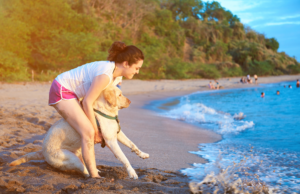
Step 6: Short and sweet- Keep the interaction with the “scary thing” short. Understand that you won’t “fix” this in a few minutes. Make note of what startled your puppy and develop a plan to incorporate it in controlled training opportunities.
More on The Long-Term Consequences of Making Your Puppy Confront Their Fears
Don’t Fret About Fear Periods
Fear periods can catch us off guard, but it’s crucial not to panic. Don’t wrap your adolescent puppy up in bubble wrap and keep them home. You should continue to take your puppy so they can experience the world and all the new things it has to offer- but do it at a safe distance. This will look different for each puppy. And remember, watching the world go by from a distance is all part of socialization and learning.
Keep a list of things that make your puppy nervous and incorporate these into future training sessions. You might find that what terrified them yesterday doesn’t bother them tomorrow. Remember that this is a natural part of their development, and there are no shortcuts through a fear period. Your puppy is learning about the world and relies on you for reassurance and guidance. Make these experiences safe, positive, and fun!
Are you ready to embark on an exciting journey with your puppy? Yes, I’d like help teaching my adolescent puppy good manners and help them grow into a confident, adult dog.

